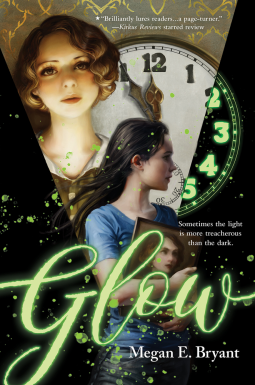 Did I detect a touch of accusation in my principal’s voice? A few weeks into the new school year, Mrs. Morgan came down to my room, “Virginia, do you know what happened to Andy’s painting in the teacher’s lounge? I've looked everywhere. You were my last hope.” My concern matched hers. We agreed to keep a lookout, but one day led to another and the school year wore on.
Did I detect a touch of accusation in my principal’s voice? A few weeks into the new school year, Mrs. Morgan came down to my room, “Virginia, do you know what happened to Andy’s painting in the teacher’s lounge? I've looked everywhere. You were my last hope.” My concern matched hers. We agreed to keep a lookout, but one day led to another and the school year wore on.
Andy Woods, our quiet introverted art teacher for the first few years that I taught second grade at South Polk Elementary School, challenged those who were artistically talented while encouraging the ones with no more talent than I have. I think of her when October comes.
Andy left us the first time to have surgery for breast cancer. She downplayed her concern, talking to only a few of us with whom she had become close. I bemoaned my inability to teach art to my students while she was out. She knew I could put all my artistic ability in a thimble and still have room for my finger. Smiling, she said, “You can. Just tell them to use all their space and realize that nothing is just one color.”
When Andy came back to inspire our creative and noncreative students, we rejoiced and settled comfortably – until the cancer returned aggressively a couple of years later to the other breast. The group of friends mourned with her, unwilling to accept the diagnosis that she would not return and treatment would be palliative.
After Andy died, Mrs. Morgan asked me to do a eulogy at faculty meeting. Using Andy’s words, I said she had filled all her space and had painted her world with a myriad of colors. Mrs. Morgan placed her favorites, Andy’s clown paintings, around her office. Andy’s husband gave us a mixed media painting for the teacher’s lounge that visualized sitting on the patio in the fall with the morning paper and a cup of coffee. We enjoyed it, and then it went missing – for a while.
Late one afternoon toward the end of the school year, when almost everyone had gone home, Mrs. Morgan returned to my room, beckoning me to come with her. In the teacher’s lounge, she pulled something from behind the soft drink machine – Andy’s painting! The painters had taken it down the summer before and stuck it behind the machine rather than replacing it on the wall. “Take it with you,” she said. “You are the last one working here that was close to Andy, and I have the clowns.”
Truthfully, it doesn’t have to be October for me to think of Andy. The painting hangs where I see it when I eat or drink coffee. But in Breast Cancer Month especially, it makes me hope for the day when we will be rid of this terrible disease for Andy and for people like her who fill all their space with color and beauty.





























